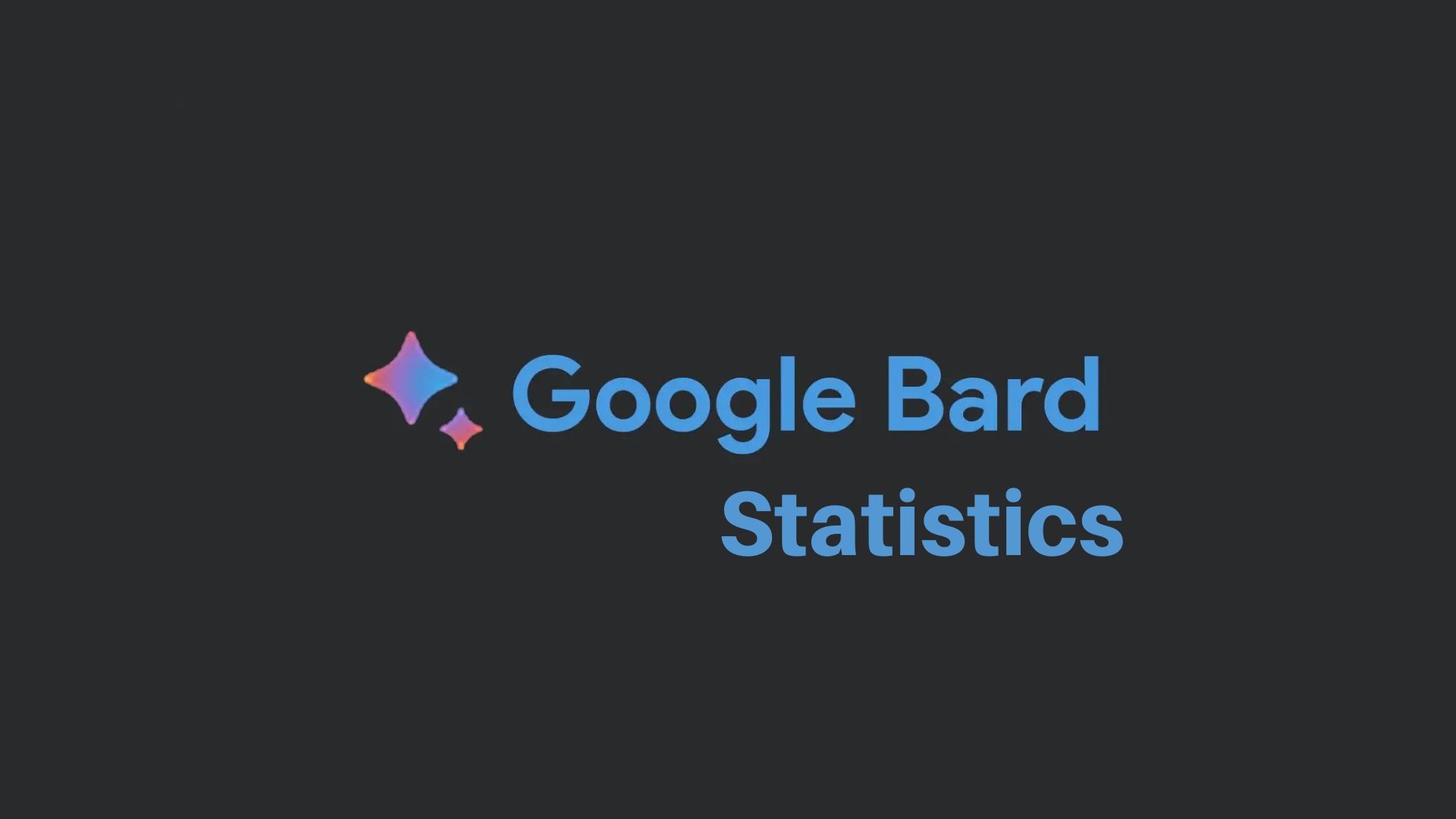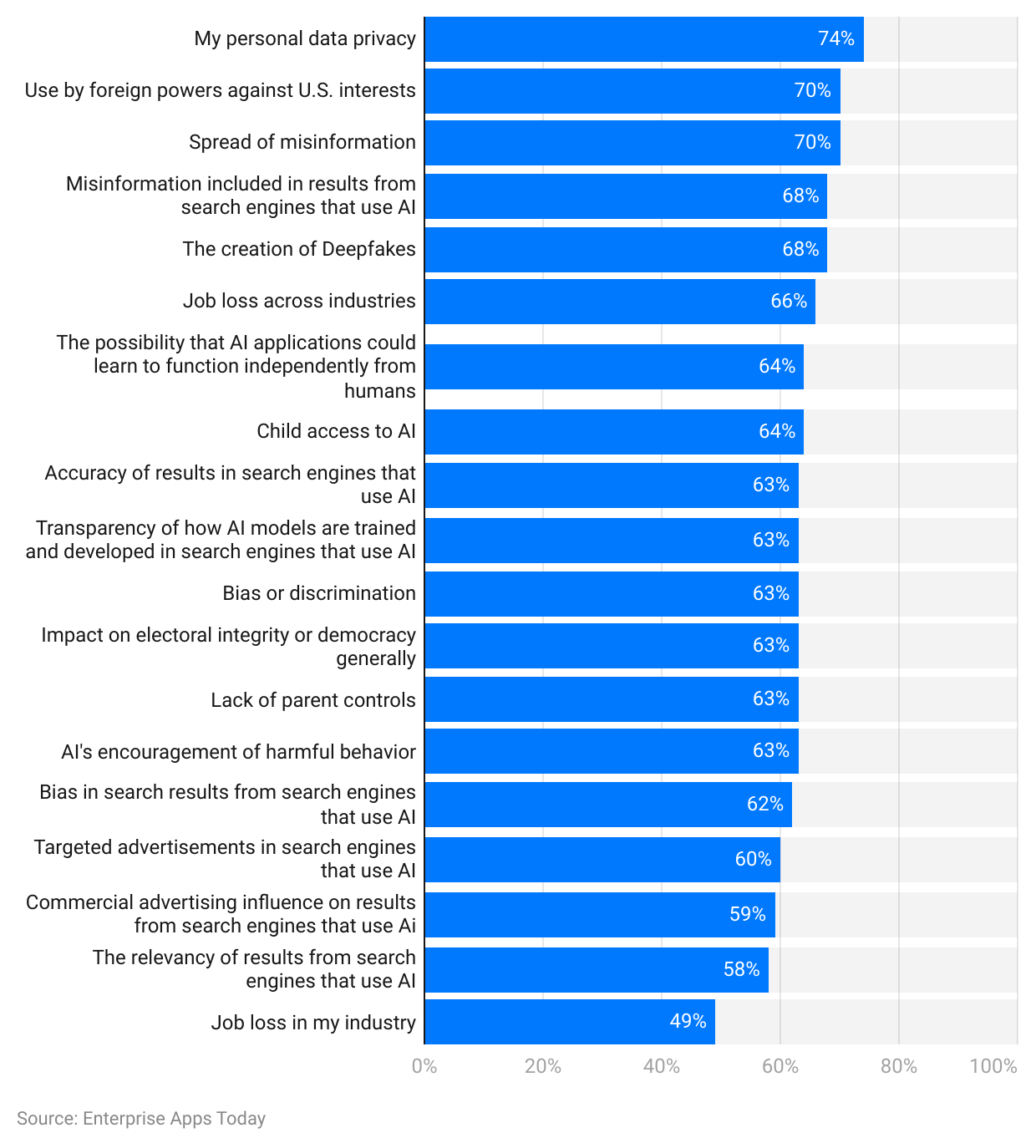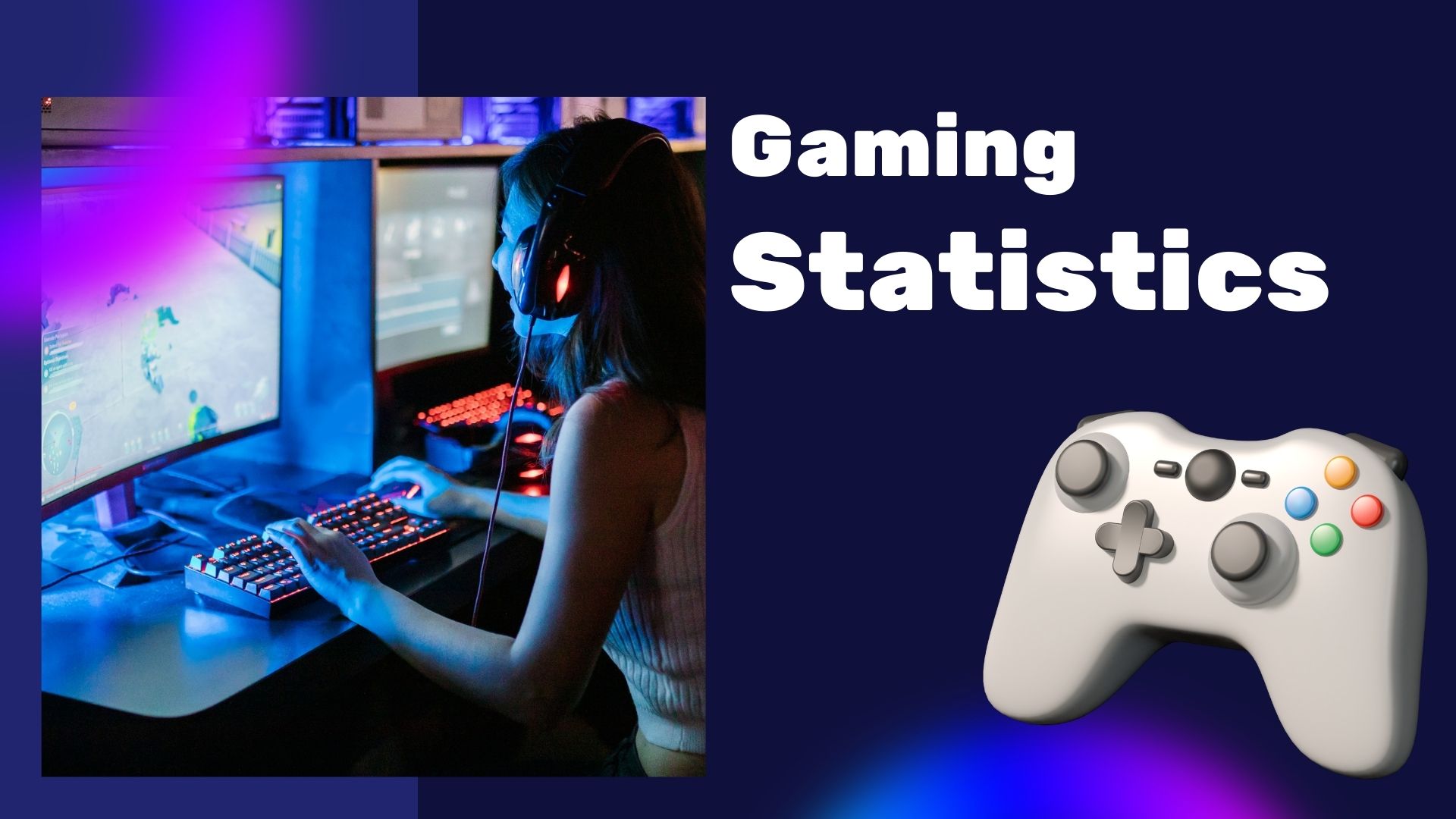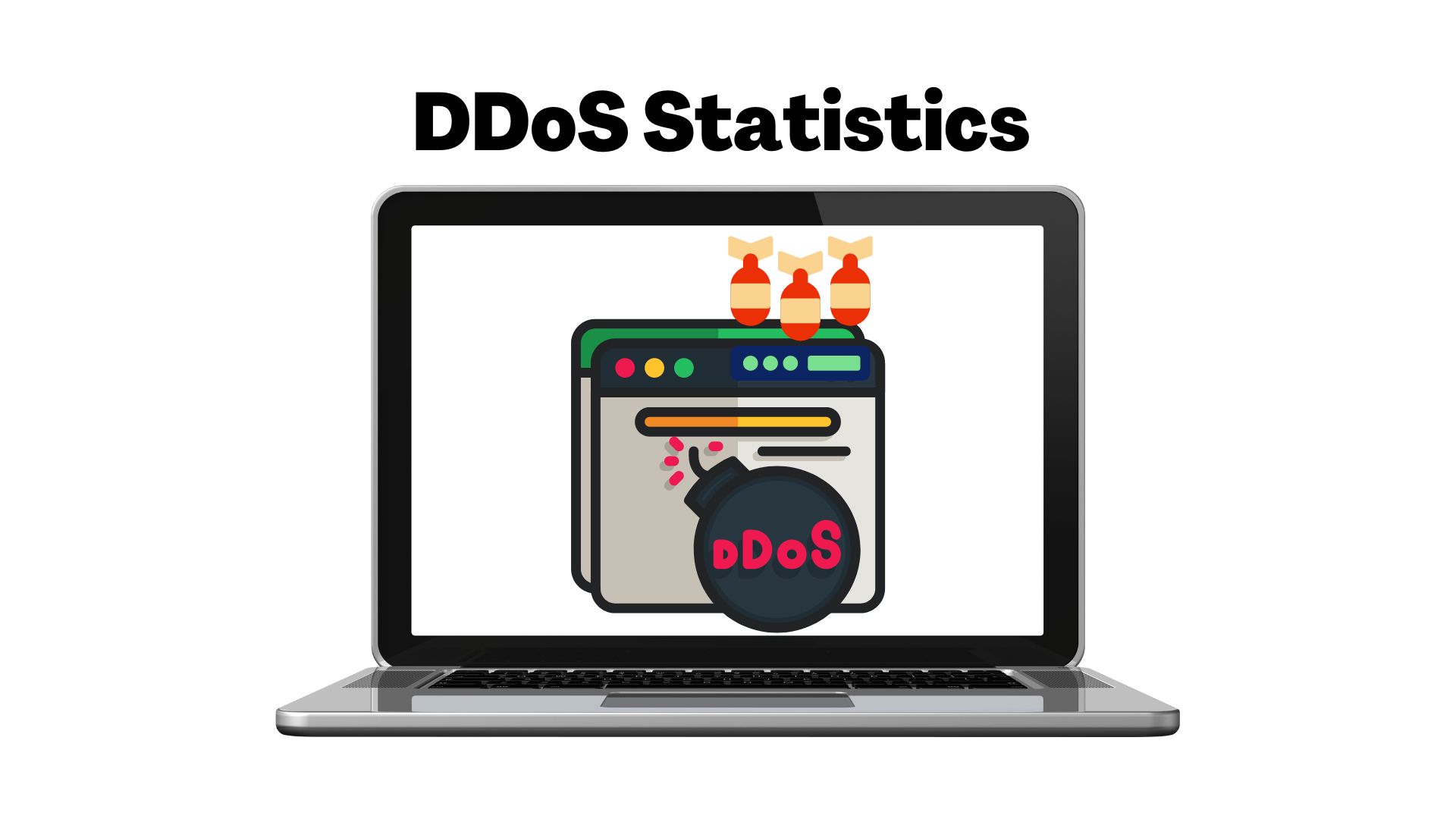Google Bard Statistics 2024 – Unfolding Google Bard By Database, Demographics, Pros And Cons And ChatGPT Comparision

Page Contents
- Introduction
- Editor’s Choice
- What is Google Bard?
- Key Features Of Google Bard
- Pros And Cons Of Google Bard
- Google Bard General Statistics
- Google Bard Statistics By Database
- Google Bard Statistics By Demographics
- What Do Americans Think About AI-based Products And Services?
- Google Bard Vs ChatGPT Comparison
- Which is better ChatGPT or Google Bard?
- Conclusion
Introduction
Google Bard Statistics: Analyzing Google Bard statistics offers valuable insights into the dynamics of modern search behavior from the perspective of a market research analyst. Google Bard, a cutting-edge search platform integrating artificial intelligence and natural language processing, has garnered considerable attention in recent times. According to recent web data, Google Bard has experienced a remarkable surge in usage, with a notable 35% increase observed over the past year. This surge suggests a growing reliance on its advanced features and capabilities among users. Such statistics present a lucrative market opportunity, with projected revenue growth estimated at $500 million by the end of this fiscal year.
These numbers underscore the importance of understanding Google Bard's impact on the digital search landscape, providing businesses with crucial insights to adapt their strategies and stay ahead in an increasingly competitive market. Check out these amazing Google Bard Statistics, and if you haven’t installed a Chrome extension, don’t forget about it.
Editor’s Choice
- Google Bard attracted an average of 142.4 million monthly users in 2023.
- 62.6% of these users hailed from the United States upon Google Bard's launch.
- The platform boasts a diverse user base, with 40% female and 60% male users.
- Approximately 40% of Google Bard users actively search topics of interest.
- Each search on Google Bard can cost users between $0.006 to $0.031.
- The Infiniset dataset powering Google Bard comprises an astounding 1.56 trillion words.
- Half of Google Bard's training dataset is derived from dialogue data sourced from public forums.
- The United States contributes the most traffic globally, accounting for 21.66%.
- Google Bard is accessible in 180+ countries and territories.
- In May 2023, 380,567 devices were responsible for all traffic to Google Bard.
- Officially released on February 8, 2023, access to Google Bard was opened up on March 21, 2023.
- Bard's name draws inspiration from Celtic bards, known for their storytelling prowess.
- Based on Google's LaMDA model, Bard features neural language models containing up to 137 billion parameters.
- LaMDA has been in development since 2017, making Google Bard a 6-year-old project.
- The language model has been pre-trained using over 750 GB of data.
- Google Bard's training data encompasses web content, books, and user-generated content, totaling 1.56 trillion words.
- The estimated reach of Google Bard is 1 billion users, equating to nearly 1 out of 8 people worldwide.
- Over 230+ countries and territories have access to Google Bard.
- Currently, Google Bard supports 43 languages.
- The gender split among users stands at 60% male and 40% female.
- The United States dominates traffic with 37.24%, followed by India at 9.56%.
You May Also Like To Read
What is Google Bard?
Google Bard was initially released on March 21st, 2023. As of today, it supports languages such as Korean, Japanese, and English. It is a conversational generative AI (artificial intelligence chatbot developed by Google. Google Bard Statistics state that, as of May 2023, the platform is available in 180 countries excluding the European Union.
In November 2022, as the launch of ChatGPT caused competitor threats to Google’s Google Search, the company issued a code red alert and launched of AI-related product in the coming days. According to reports, by 2024, the launching of AI-related services would cause Google $3 billion to $6 billion in additional expenses. Moreover, as of today, it is still under development, but it has future potential to become a powerful tool used in cases of education, business, research as well as personal use. The platform can be accessed at www.bard.google.com.
Key Features Of Google Bard
- Natural Language Processing (NLP): Google Bard leverages advanced NLP capabilities to understand and interpret user queries in a conversational manner, enabling more intuitive interactions.
- Contextual Understanding: With its sophisticated algorithms, Google Bard can grasp the context of a query, allowing for more accurate and contextually relevant search results.
- Multilingual Support: Google Bard supports multiple languages, catering to a diverse global audience and ensuring accessibility for users worldwide.
- Personalization: By analyzing user behavior and preferences, Google Bard delivers personalized search results tailored to individual interests and needs.
- Voice Search: Users can utilize voice commands to search for information, making the search process more convenient and hands-free.
- Rich Results: Google Bard provides rich and interactive search results, including images, videos, and other multimedia content, to offer users a comprehensive understanding of their queries.
- Real-time Updates: With real-time indexing capabilities, Google Bard ensures that users receive the latest and most up-to-date information available on the web.
- Conversational Search: Google Bard is adept at handling conversational queries, allowing users to engage in natural dialogue and receive relevant responses in real-time.
- Semantic Search: Google Bard employs semantic search techniques to understand the meaning behind user queries, enabling more accurate and insightful search results.
- Accessibility: Google Bard is designed to be accessible across various devices and platforms, ensuring a seamless search experience for users regardless of their preferred device or operating system.
Pros And Cons Of Google Bard
| Pros | Cons |
| Google Bard AI is associated with Google search results, therefore, it has the most updated database. | Google Bard AI is still under development, therefore all the information given could be less effective. |
| It provides information that is informative as well as comprehensive. | Since it is a technology, the answers provided by it could be biased. |
| Google Bard AI is versatile. | It can also provide incorrect suggestions. |
| It can be useful in prompts given by any users from education, business background, research papers, or personal use. | Unfortunately, some people might use the platform to create malicious content to spread wrong information. |
| Advanced Natural Language Processing (NLP) capabilities | Potential privacy concerns due to data collection |
| Enhanced user experience with conversational search | Dependency on internet connectivity for usage |
| Personalized search results tailored to individual preferences | Possibility of providing inaccurate or incomplete information |
| Multilingual support for a diverse global audience | Limited availability of voice search in certain languages |
| Real-time updates ensure access to the latest information | Reliance on external sources for news and content |
| Accessible across multiple devices and platforms | Occasional glitches or errors in responses |
| Rich and interactive search results, including multimedia content | The learning curve for users unfamiliar with conversational search |
| Strong integration with other Google services and platforms | Limited availability of advanced features in certain regions |
| Constant improvements and updates based on user feedback | Difficulty in understanding complex or ambiguous queries |
Google Bard General Statistics
- Google Bard visitors typically navigate through 5.54 pages per visit.
- 88.4% of Google Bard traffic originates from mobile devices, highlighting the platform's mobile-centric usage.
- News emerges as the most sought-after topic on Google Bard.
- A significant 81.4% of Google Bard traffic stems from direct sources, indicating strong brand recognition and user loyalty.
- 56.31% of Google Bard's social traffic originates from YouTube, underscoring the platform's integration with popular social media channels.
- On average, visitors browse 2.65 pages per visit on Google Bard.
- Google Bard boasts a 55.10% bounce rate, reflecting the percentage of visitors who leave the site after viewing only one page.
- The platform maintains an average visit duration of 6 minutes and 32 seconds, indicating user engagement and interaction.
- A demonstration error in response to a question cost the company a staggering $120 billion. The error occurred during a preview when Google Bard provided incorrect information about the James Webb Telescope.
- As of 2024, approximately 1 out of 8 individuals worldwide utilize Google Bard for their search queries.
- 35% of Google Bard users belong to the 25 to 34 age group, with the 18 to 24 age group following closely.
- The United States accounts for the highest traffic on Google Bard, with 37.24%, followed by India.
- 76% of the traffic on Google Bard is direct, while 16.77% is organic, indicating a significant portion of users directly accessing the platform or arriving through search engines.
- Google Bard Statistics state that, to train the language model, around 12.5% of data from Wikipedia and 12.5% of public datasets was used.
- Installing a Google Bard AI Chrome extension, allows users to get conversational responses along with usual Google search results.
- Google Bard can answer your questions in the way you want, be it comprehensive or informative.
- The platform claims that it can answer questions that are open-ended, strange, or even challenging in any way.
- It can also create code in more than 20 programming languages.
- Moreover, the platform can also help the user to debug the code.
- It has the ability to search for the results in real time as the user type its prompts or queries.
- The platform can give many options to one prompt.
- It is safe and reliable to use.
- Google Bard AI can also help you to create letters, musical pieces, scripts, poems, and code including various text formats.
Google Bard Statistics By Database
The platform has the following sources from which the dataset is comprised of
- 50% of dialogs data is collected from public forums.
- 25% of data is taken respectively taken from non-English documents and English web documents.
- On the other hand, 12.5% of data is collected from three various courses such as code documents including tutorials, Q&A websites, and others, English language Wikipedia, and C4- based data.
- Google Bard Statistics confirms that its pertaining text data size is 750 GB and includes 137 billion parameters and 1.56 trillion words in its dataset.
Google Bard Statistics By Demographics
- As of March 2023, Google Bard AI has received 30 million of global traffic within 1 month of its launch.
- The majority of the users are living in the United States of America resulting in 62.6% of overall traffic, followed by the United Kingdom (8.29%) and China (3.22%).
- On average, the user’s visit duration on the platform is 3.19 minutes every visit.
What Do Americans Think About AI-based Products And Services?
By Concerns Of AI

(Source: statista.com)
- As of February 2023, the top concerns related to artificial intelligence (AI) in Americans are Personal data privacy (74%), Use by foreign powers against U.S. interests (70%), and Spread of misinformation (70.).
- These concerns include issues with products and services offered by Google’s Bard, OpenAI’s ChatGPT, and Microsoft’s Bing. In addition to the above reasons, the following are other concerns with the alike technology.
- Misinformation included in results from search engines that use AI (68%), The creation of deep fakes (68%), Job loss across industries (66%), Possibility that AI applications could learn to function independently from humans (64%), Child Access to AI (64%), the accuracy of the results in search engines that use AI transparency (63%), Bias or discrimination (63%), Impact on electoral integrity or democracy (63%), Lack of parental control (63%), AI’s encouragement of harmful behavior (63%), Bias search results (62%), Targeted advertisements in search engines that use AI (60%), Commercial advertising influence (59%), The relevancy of results (58%) and Job loss in my industry (49%).
Google Bard Vs ChatGPT Comparison
Google Bard
- Bad’s training model is based on Google.
- It can create conversational language responses.
- The neural network architecture is based on LaMBDA.
- Google Bard is more conversational.
- The platform has access to more customizations.
- Google Bard is claimed to have free access.
- Its database is unlimited and most updated with recent dates because it is connected with Google Search’s live results.
ChatGPT
- ChatGPT’s training model is based on OpenAI.
- It can create human-like responses.
- The neural network architecture is based on GPT.
- ChatGPT tends to be less conversational.
- The platform has limited customization access.
- ChatGPT is available in free as well as paid versions.
- This platform’s database is limited to information up to 2021.
Which is better ChatGPT or Google Bard?
Technology with similar options is driving us crazy every day. But each platform has its own cons and pros. If we compare ChatGPT and Google Bard both AI platforms are unique in their own way. Each of these platforms can display results to the prompts given by the users. The major difference between these two is, ChatGPT’s database is limited to 2021 whereas Google Bard is up to the most recent version and time. Although Google Bard AI is yet under development, the company has already claimed that in the coming months, there will be more features better than any other AI platform. In addition, the user can get Bard results based by installing a Chrome version. Well, since Google Bard is launched a few months ago, and ChatGPT has a limited database, it is too soon to say which platform is better. But considering the current features and future company updates it’s definitely thumbs up for Google Bard.
Conclusion
In conclusion, analyzing Google Bard statistics provides valuable insights into the platform's performance and impact in the digital landscape. With a significant portion of global internet users engaging with Google Bard, it's evident that the platform has become a prominent player in the realm of online search. The statistics reveal a growing user base, with diverse demographics and preferences, underscoring Google Bard's appeal across different regions and languages. While the platform boasts advanced features such as natural language processing and personalized search results, it also faces challenges, including occasional errors in responses and privacy concerns.
Nonetheless, with continuous improvements and updates based on user feedback, Google Bard is poised to remain a leading choice for individuals seeking intuitive and informative search experiences. As market research analysts, understanding and interpreting Google Bard statistics is essential for businesses aiming to leverage the platform's vast user base and capitalize on emerging trends in online search behavior.
FAQ.
Yes, you can use these platforms for any purpose including educational, business as well as personal use. In case, you are publishing any content written by these AI platforms, you are expected to acknowledge the same to maintain the truthfulness.
You can visit www.bard.google.com to access the platform.
Yes. As of now, it is completely free to use because it is still under development. Moreover, there are no updates from Google about pricing policies in the future for the platform.
As of today, it can understand, English, Japanese, and Korean. According to the company’s update, in the future, more languages will be captured by Google Bard.

Barry is a lover of everything technology. Figuring out how the software works and creating content to shed more light on the value it offers users is his favorite pastime. When not evaluating apps or programs, he's busy trying out new healthy recipes, doing yoga, meditating, or taking nature walks with his little one.



